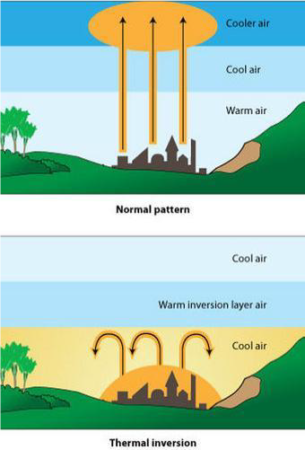
Brought to you by Bayer Crop Science
Maximizing dicamba’s potential
November 27, 2023 in News
Education and training are the keys to effective stewardship.
Good herbicide stewardship is a cornerstone of agronomy, and attention to detail is a key to success when it comes to the products used in an integrated weed management strategy.
Take dicamba, for example. The selective benzoic acid herbicide has been registered in Canada for use against broadleaf weeds for more than a decade, and producers have come to recognize the value it brings to a crop protection strategy, particularly when used in a first herbicide pass for early control of weeds like lamb’s quarters, redroot pigweed and common ragweed. But knowledge is power, and it’s important to use best practices that maximize the potential of this important tool.
Dicamba is a chlorophenoxy chemistry, which means it mimics hormone production. Dicamba’s chief merit is its use as a pre-emergence or burndown product against glyphosate-resistant weeds that occur early in the growing season, says Mike Cowbrough, field crop weed specialist for OMAFRA.
Like any herbicide, proper usage of dicamba will maximize its protective benefits and minimize crop injury – for example, Cowbrough says while the label rate allows dicamba to be sprayed up until flowering, pre-emergence use will mitigate some crop sensitivity.
When it comes to spraying, producers must use appropriate nozzles and be mindful of wind speed and direction, and the risk of temperature (also called thermal) inversion. This happens when a layer of colder air at the ground level is overlain by a layer of warmer air and can create problems with off-target movement if products volatilize, Cowbrough explains.
“If you spray when it’s dead calm and there’s a temperature inversion, those fine mists will hold in the air and it’s not until the wind picks up that they’ll move and be dispersed,” Cowbrough says.
“We’ve learned that temperature inversion happens almost on a daily basis early in the growing season, in that early morning, or [in the evening] after dinner. That’s not the right time to be spraying the chemistry,” says Adam Pfeffer, row crop market development manager for Bayer in Canada.
Pfeffer recommends using nozzles that produce ultra-coarse spray quality. “There are many nozzles on the market that can be adapted to any sprayer to achieve that droplet size,” he notes.
Once in the field, Cowbrough says sprayer operators should be intimately familiar with label guidelines for dicamba. “There’s a range of wind speeds on the label but in general it’s between five and 15 kilometres an hour. A little wind is a good thing, so you know where the potential drift is going to go, and you can manage that. Dead calm days are just not appropriate because product could hang in the air, and you’ll have no control over where it goes,” he says.
Afterward, Cowbrough says producers should be extremely thorough with sprayer cleanout, paying careful attention to nozzles, screens, filters and hoses.
Preventing off-target movement
While drift is possible, the number of cases of known off-target movement in Canada have declined steadily since the Roundup Ready Xtend Crop System for soybeans launched in Canada, Pfeffer says. With built-in tolerance to glyphosate and dicamba for early-season control of weeds, including hard-to-kill weeds, such as those with glyphosate resistance, it’s an important tool in producers’ weed control toolbox.
“The system has been registered in soybeans since 2016, but it’s been used in corn production for 4-5 decades – meaning the company, and producers, have learned a lot about it, and picked up best practices along the way including recognizing symptoms from off-target movement and how to mitigate it,” says Pfeffer. “However, new formulations include VaporGrip Technology, making it safer and easier to use.”
“In the case of drift, you’ll see very subtle symptoms up to three weeks after application. I’ve seen it take as long as five to six weeks to show up,” Pfeffer says. Symptoms like twisted stems and puckered leaves may indicate damage due to off-target movement, and in the long-term, yield and harvestability may be affected.
But, Pfeffer adds, education and training for producers on all crop protection products, including best practices for dicamba use, continues to be a priority for Bayer.
“Dicamba has been in the market for 40 to 50 years in North America and we’re very familiar with what it can and can’t do,” he says. “The whole basis of our Xtend Crop System in soybeans [in Canada] has been to apply early, with a high rate in the first herbicide pass. In the U.S., [the] target weeds were waterhemp and Palmer amaranth in the post-emergence window, but since day one in Canada, we’ve used it as an early-season residual weed control with application much earlier, which leads to much less chance for drift or temperature inversions.
“Each year we do one-on-one grower training with anyone who’s new on our customer lists as far as buying the seed [goes],” he continues. “I think that program helps a lot in the education standpoint, keeping it top of mind.”
For more information and available resources related to the Roundup Ready® Xtend Crop System, click here.
Bayer’s Spray Forecast tool allows you to uncover wind, inversion, temperature and relative humidity to your specific location to make the most of each spray.
Created by Amplify by Annex, in partnership with Bayer Crop Science and Top Crop Manager.
